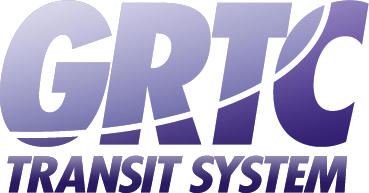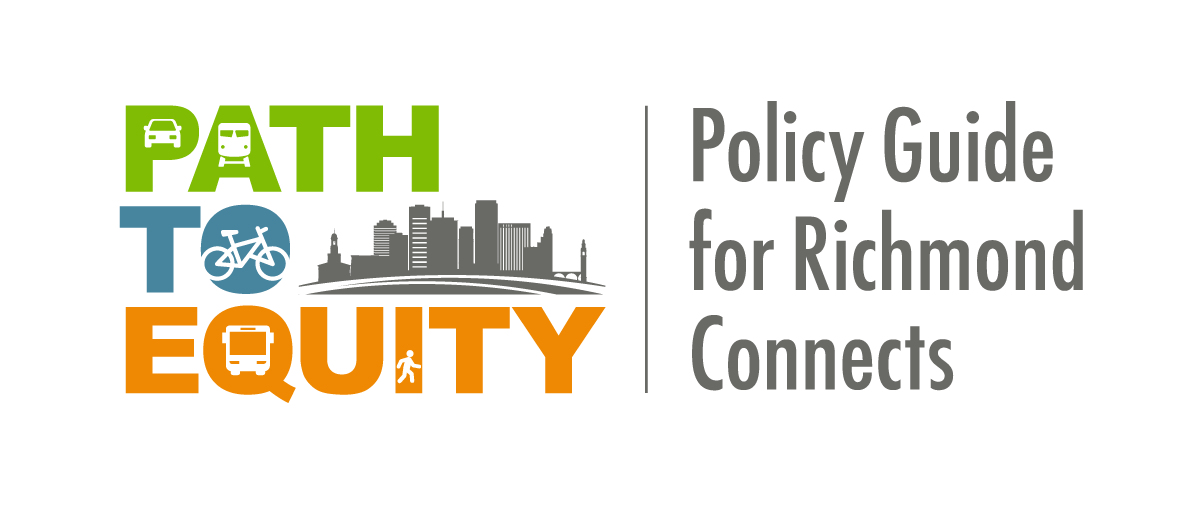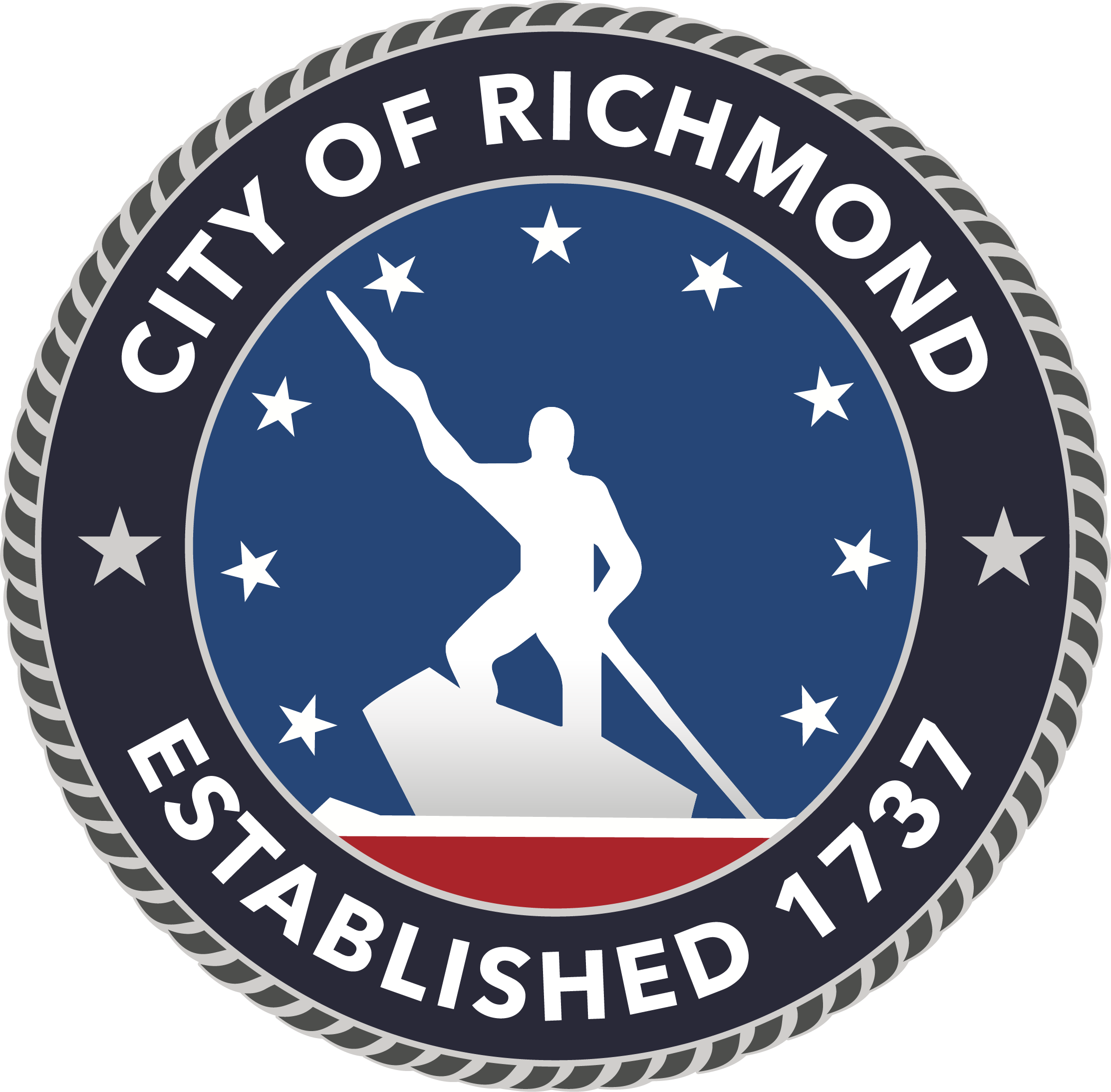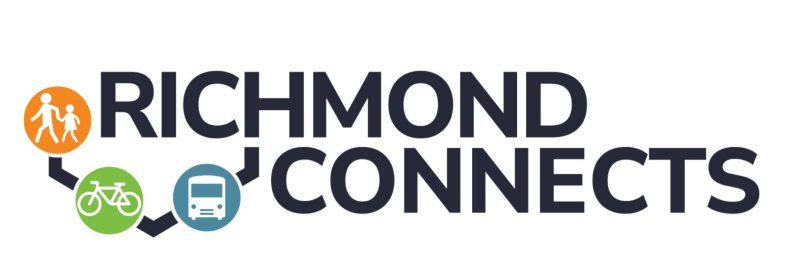Dironna Moore Clarke
Deputy Director, Department of Public Works
Address:
1500 E Franklin St
Richmond, VA
23219 USA
Hours: Mon - Fri (8 a.m. - 5 p.m.)
Phone No. 804-646-6430
Email: Ask Public Works
OETM Programs
Office of Equitable Transit and Mobility
The City of Richmond recognizes the diversity of travel demands for those who drive, walk, cycle or take public transit. As the cost of driving increases through higher gas prices, tolls, and parking charges, the City is offering more travel alternatives. The design and planned use of street space is necessary to be addressed as new modes, actors, technologies, and uses change the function of public roads. Greater uses of alternative modes to driving means providing considerations for bikes, pedestrians, trucks, transit, taxis and ridesharing companies. The goal of the Shared Mobility Division is to reduce traffic and parking congestion in Downtown Richmond, as well as improving mobility options for all.
The Office of Equitable Transit and Mobility is excited to announce the Richmond Connects Action and Strategic Plans. Updates on the Richmond Connects Plan as well as details about the process can be found at rvaconnects.com.
Check out our newest LQC Project!
ATTENTION!! ATTENTION!!! Fall Line Trail – Bryan Park Segment Public Meeting
The City of Richmond’s Departments of Public Works; Parks, Recreation and Community Facilities; and Office of Equitable Transit and Mobility will hold an informational open house and feedback session on June 5th from 4-6pm at Shelter 1 in Bryan Park.
Interested community members are invited to pop-in at their convenience to see the conceptual trail layout, proposed tree protection measures, and get information on this first segment of the Fall Line Trail to be built in the City of Richmond.
Project boards will be up around the shelter, and city staff and designers and engineers from Timmons Group will be on hand to discuss the details, answer questions, and accept comments and feedback on the route.
The map included at this link shows the location of Shelter 1: https://friendsofbryanpark.org/pages/about-bryan-park.php
Winter 2024 News Flash
OETM is excited to announce that in the first quarter of 2024, the Richmond Connects Action Plan passed City Council with a unanimous vote and is now an official City of Richmond Resolution! This multimodal transportation plan is the result of a multi-year effort and would not have been possible without our awesome team and the contributions of over 10,000 Richmonders who contributed their thoughts and ideas in various surveys throughout the planning process. More information about the process can be found at rvaconnects.com, and updates on the first implementation steps can be found under the Lighter Quicker Cheaper heading.
Summer 2023 News Flash
The Richmond Connects team has collected over 7,000 responses to the survey on multimodal transportation recommendations. Take a look today!
Survey4 - Richmond Connects (rvaconnects.com)
Spring 2023 News Flash
Now available for review, Fall Line Trail Public Outreach Plan guidelines:
Review and comment on the document below. This will help dictate the appropriate outreach strategies for the trail segments managed by the City of Richmond. Please comment directly on the document or send to [email protected].
The city adopted an ordinance for a Shared Mobility Devices (E-Scooter and E-Bicycle) Program as an extension of the public transportation system and as a new mobility option for residents and visitors to the city. E-Scooters will now be available to the public for rent.
For more information on the Shared Mobility Devices (E-Scooter and Bicycle) Program please contact Brandon King by email. or phone 804-646-4696

Ridesharing saves you money and time while helping save the environment. Commuters have a variety of options to help keep more money in their pocket. Smart choices like ridesharing, carpooling, vanpooling and walking are great ways to save money, improve air quality and mobility throughout the region. Richmond is served by a number of ridesharing companies, also known as transportation network companies (TNC). These companies offer apps that enable customers to securely submit trip requests to and from their destinations. Ridesharing companies connects riders to drivers within minutes. The advantages of ridesharing are:
- Economical-Carpooling, vanpooling, and riding the bus are great values and in most cases, cuts commuting costs in half.
- Eco-Friendly- Walking and riding your bike reduces your carbon footprint and provides great health benefits.
- Convenient- No need to worry in a case of emergency. RideFinders offers the Emergency Ride Home (ERH) program in the event of an emergency or you have to unexpectedly work late.
- Flexible- Rideshare one day, three days, or every day. You choose the option that fits your lifestyle.
The City of Richmond remains committed to improving the riding experience and availability of public transportation in the Central Virginia region for local residents, businesses and visitors of Richmond and surrounding counties. We aim to connect people to jobs, healthcare, educational opportunities and other communities throughout Richmond, with our partnership with the Greater Richmond Transit Company (GRTC). GRTC provides transportation services in the City to parts of Chesterfield and Henrico counties. These include bus rapid transit (BRT) routes, fixed routes and express service bus routes and CARES specialized services. Click on the link below for more information on GRTC.

The Office of Equitable Transit and Mobility along with DRPT presents to you Multi Modal month starting June 21st through July 21st and Discover Transit Month September 1st through the 30th to bring awareness to alternative modes of travel versus driving alone. Whether you are headed to work, school, shopping, or the neighborhood park. Before your trip, think about riding GRTC, carpooling, or RVA BikeShare. Save money, make a pledge!
Winter 2022 News Flash: Check out this video from the Richmond Connects team!
Fall 2022 News Flash: OETM Announces a Free-Rides-to-Work Pilot Program!
The Office of Equitable Transit and Mobility announced in November 2022 a free-rides-to-work van program for the City’s most vulnerable populations. Beginning immediately, the City will be teaming up with local van service providers to offer TANF eligible individuals rides from public housing to employment centers and education institutions, and even day-care drop-offs along the way.
Working through a Virginia Transit Association Grant, OETM will be providing completely fare-free trips to eligible users. Anyone can catch a ride from the RHHA community hubs to employment and education hot spots in and around the City of Richmond, and all TANF eligible riders who enroll in the program will have 100% of their fare covered by these funds.
Interested residents can sign-up for more information at rva.gov/public-works/freeridestowork. Residents who may have trouble accessing the internet can also call 804 646 3513 to speak with the Office of Equitable Transit and Mobility about how to get started in this program. Questions should be directed to Chenice Brown and Kelli Rowan in the OETM office of the City of Richmond Department of Public Works, located at 1500 E Franklin St, Richmond, VA 23219.
This program is one of many initiatives spearheaded by OETM designed to address the inequities in the transportation network as articulated in the Path to Equity: Policy Guide for Richmond Connects, adopted in May 2022 by City Council. It is a targeted program aimed at removing transportation-related barriers to accessing opportunity for some of the most vulnerable Richmond residents.
Summer 2022 News Flash: See OETM's progress over FY22
Spring 2022 News Flash: Path to Equity: Policy Guide for Richmond Connects is Unanimously Adopted!
The Office of Equitable Transit and Mobility is happy to announce the adoption of the Path to Equity: Policy Guide for Richmond Connects has been adopted by City Council ( Res. No. 2022-R027).

Winter 2021 News Flash: Reflecting on CVTA Opportunities
Watch below as OETM Staff and the Director of Public Works, Mr. Bobby Vincent, reflect on the opportunities the Central Virginia Transportation Authority (CVTA) has afforded Richmond's transportation network.
{"preview_thumbnail":"/sites/default/files/styles/video_embed_wysiwyg_preview/public/video_thumbnails/uPc_QEGhVhE.jpg?itok=IOEdrj5S","video_url":"https://youtu.be/uPc_QEGhVhE","settings":{"responsive":1,"width":"854","height":"480","autoplay":0},"settings_summary":["Embedded Video (Responsive)."]}
Fall 2021 New Flash: Annual Performance Report Now Available!
The Office of Equitable Transit and Mobility announces it has completed an FY21 annual performance report. This report is intended to help direct energy and resources where needed to meet internal office goals. It should assist in tracking outcomes and effectiveness of programs. It will aid in resource allocation and guide OETM decision making.
Check out the Executive Summary:
To read more about each measure in-depth, check out the full document here:
Summer 2021 News Flash: Fairfield Court Pilot Program Press Release
The Office of Equitable Transit and Mobility (OETM) is excited to able to empower a disenfranchised lower income community with a pilot program that expands Richmond’s existing bikeshare system in an impactful way.
This pilot program will install a RVA Bikeshare station directly into Fairfield Court. OETM recognized that cost may be a barrier to the community so this program will be completely free to Fairfield Court residents. Residents will be able to apply for an access pass that will permit use on the Fairfield Court station and the entire RVA Bikeshare network.
After analysis of the existing RVA Bikeshare network, OETM found that the system conspicuously avoided some of the lowest income areas of in Richmond. What’s more striking is that these areas also have among the lowest rates of car ownership in the City. It was quickly determined that these areas may have the most to gain from the City’s continued investment in bicycle infrastructure. The City felt that partnering with the Richmond Redevelopment Housing Authority (RRHA) offered a unique opportunity to better serve these areas. OETM worked hand in hand with RRHA design the program and to pick Fairfield Court as the pilot site. In order to ensure there was community buy-in, OETM conducted surveys that demonstrated significant enthusiasm. The survey found that 68% of respondents use either public transportation (36%), bike (12%), walk (14%) or ridesharing (6%) to primarily travel. Only 28% use personal vehicles primarily. The survey also showed that 75% of trips were between 0-30 minutes and 52.94% of commutes from home to work were between 0-10 miles. This demonstrates that the community has both the appetite and the need for multi-modal transportation.
OETM and RRHA are excited to see the positive effects this program will have in the Fairfield Court community. If this program is proven successful the City plans to continue to partner with RRHA to roll it out to more housing communities.








